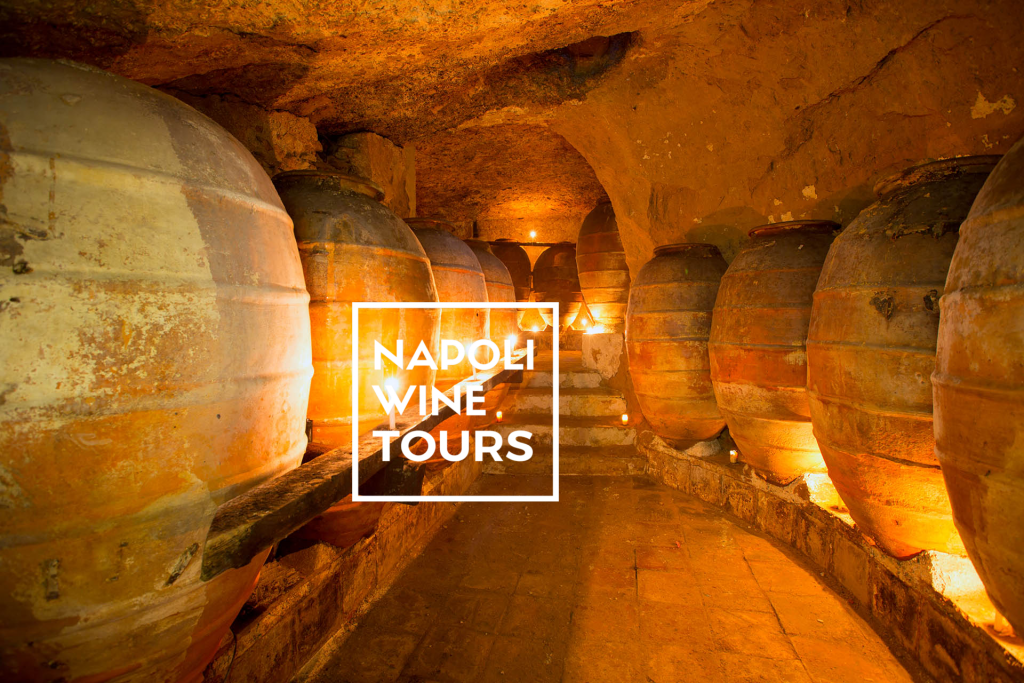
There is a thousand-year history behind the technique of vinification in amphora. Its roots go back to the Caucasus region of Georgia. This country is one of the oldest wine-producing countries in the world and archaeologists have unearthed amphorae, known locally as kvevriche, dating back to around 8000 years ago. They developed the technique of maceration, fermentation, aging and storage of wine in these large earthenware vessels by burying these huge clay vessels in the earth to prevent temperatures from becoming too high and blocking fermentation. Today, kvevri are still used in Georgia to make the region’s traditional wines.
If over time the use of these containers has been abandoned in favor of other materials such as wood, the tradition in amphora has continued over time, but it is in recent years that this winemaking technique is taking on a central role in Italy thanks to the work by Josko Gravner.
Day after day, more and more wineries are following the road of the amphora whose material cooked at variable temperatures, thanks to its porosity, allows good oxygenation of the wine and at the same time allows the grapes to express themselves freely, without influencing it.
When we talk about wine in amphora we often use the more “international” term Orange Wine, since the wine produced in these containers takes on a deep and orange color, we try to understand why: the micro-oxygenation of the must allow the wines to macerate for a long time whites on their skins without causing oxidation and modulating astringency. The wines are richer, almost chewable in the mouth, due to maceration and normally the greater polyphenolic structure allows them to be kept for longer over time. All this while maintaining the main characteristics of the vine. Furthermore, the rounded shape of the amphorae facilitates the suspension of the fine lees of the wine, increasing the sensations of fat and softness.
But let’s move on to the wines we have tasted for you.
Sophia, Campania IGT, 2019, Cantina Giardino.
This wine is produced with 100% Greco di tuff, the pressing is done manually with a wooden press, ferments and macerates for 6 months in terracotta amphorae of about 200 liters with only indigenous yeasts, without filtration or clarification and without the addition of sulfurous. The result is surprising: an authentic wine that evolves in the glass and that from the first sip at a temperature of 8/10 ° turned out to be a pleasant and pleasant sip until it reached the torrid ambient temperature of these days in August. He accompanied the combinations and the evening as a great protagonist, making people talk about himself until the last drop.
Color: deep amber; not clear.
Nose: apricot jam, annurca apple, maple syrup, thyme, fennel anise, barley. The volatile acidity characteristic of this type of wine is very light.
Taste: Astringency is the first thing that strikes Sophia’s sip. Good freshness. As for taste, the vegetal notes are more prevalent than the nose. The olfactory scents are all well balanced.
Paired with boneless chicken hip (marinating with different peppers) plated with caramelized yellow tomatoes. Even chromatically they were in a perfect match!
Quartara, Campania IGT, 2016, Lunarossa.
Quartara is produced with Fiano grapes, this wine is born with the fermentation of the grapes inside terracotta skins (quartare) buried in the cellar of the cellar, with a maceration on the skins that lasts from 60 to 90 days. The aging in wood for 10 months completes this wine, never banal and particular in its floral aromas.
Color: intense golden yellow. Clear
Nose: Orange blossom flowers, oregano, fresh licorice, dates, white chocolate, toffee, marked toasted note.
Taste: Excellent freshness and minerality (characteristics of the grape). The floral note is intense even if the toasted hints are very prevalent.
Paired with marinated sausage cooked in beer and bay tree leaves.
